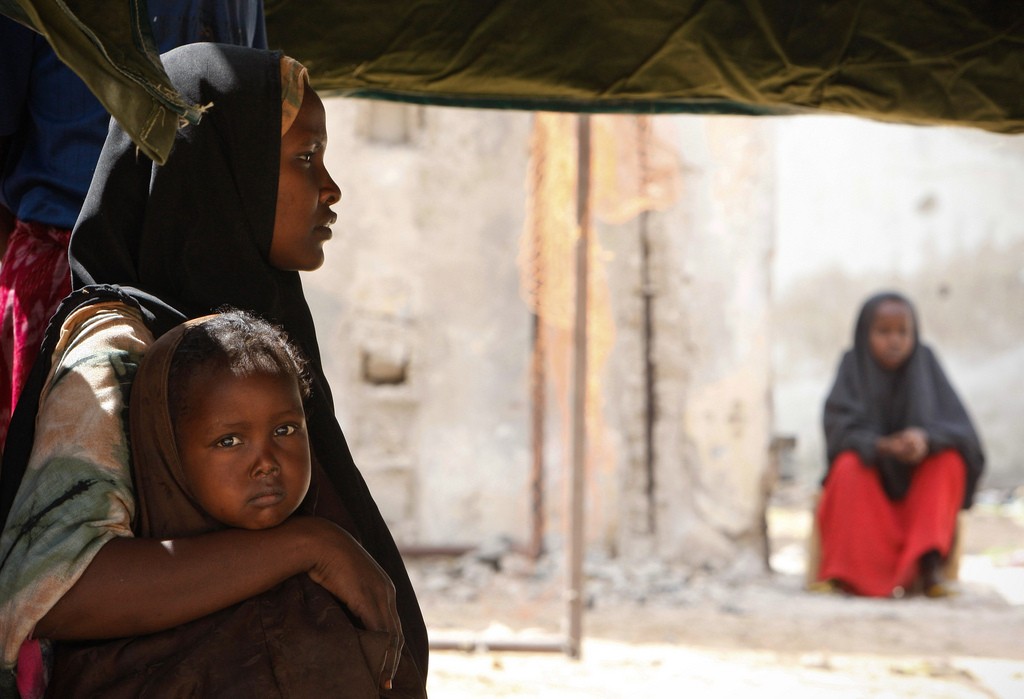What does trauma look like beyond the Western conceptualization? Do individuals express trauma differently in other parts of the world, and if so, what are their symptoms?

Trauma is often associated with symptoms you might expect: depression, anxiety, and other features of post-traumatic stress disorder. However, there were a number of post-trauma symptoms mentioned across all regions not captured even in the widely used Diagnostic and Statistical Manual of Mental Disorders (DSM-5).
Researchers have uncovered a myriad of new symptoms experienced by individuals who experience trauma outside Western perceptions of mental health. Based on a global review of literature, post-trauma symptoms discovered outside the DSM-5 occurred across all regions, suggesting the limitation of our current approach to mental health outcomes among trauma-affected populations globally. This systematic quantitative review of 392 qualitative studies is the first to examine global post-trauma symptoms and outcomes.
Read all research findings in the publication Trauma, Violence, and Abuse: Global Posttrauma Symptoms: A Systematic Review of Qualitative Literature

Many individuals reported somatic complaints — that is, symptoms related to specific regions of the body. For example, the heart was often mentioned, but not physical complaints of the heart as one might expect. Rather, individuals reported mental health problems related through the heart, such as “hatred in the heart” or “loss in my heart,” and even “feeling my heart squeezed.” The concept of thinking too much also played a role in reported symptoms.
In the review, researchers used novel methods to allow unbiased experiences of post-trauma symptoms from an emic perspective — an approach to the study of each culture’s internal viewpoint rather than an existing external (Western)/outsider scheme.
Findings from the review have informed the development of an 85-symptom item bank that can be used for screening, assessment of treatment outcomes, prevalence studies, and evaluation of programs. Future studies can also use this review to test, refine, and validate a global trauma scale in multiple contexts, especially where local post-trauma scales do not exist. As a work of continual development and study, researchers may also reduce symptoms from the item bank through cognitive interviews and item-response theory to reduce the burden on those being assessed.
The item bank was validated and adapted by Lynn Michalopoulos, PhD, Associate Professor at the Columbia School of Social Work and the Social Intervention Group, for use in Uganda, Zambia, and South Africa. First author Dr. Michalopoulos led the review, and is also working with USAID to discuss how to implement the item bank into their resilience framework to measure psycho-social factors globally through the Center for Resilience.
Read the Publication in Trauma, Violence and Abuse: Global Posttrauma Symptoms: A Systematic Review of Qualitative Literature
This project was funded by the Victims of Torture Fund of USAID in collaboration with Johns Hopkins University School of Public Health. Co-authors include Melissa Meinhart, Justina Yung, Samuel Monroe Barton; Xinyi Wang, Urmi Chakrabarti, Megan Ritchey, Emily Haroz, Nakita Joseph, Judith Bass, and Paul Bolton.
- To learn more about this research or get involved, email Dr. Michalopoulos.
- Follow SIG’s work by signing up for our monthly newsletter or following us on Twitter.
